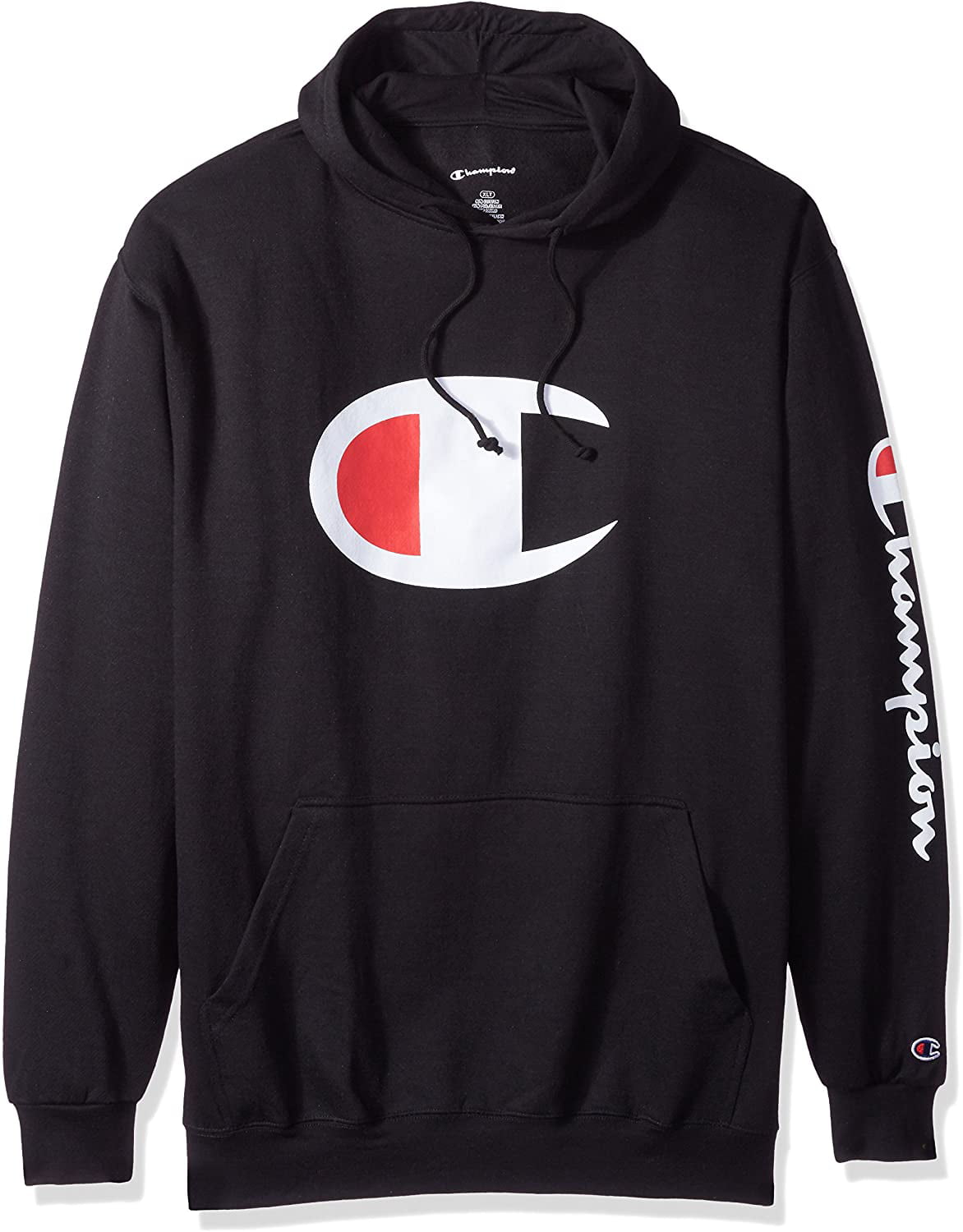Sweatshirts are long-sleeved tops that are constructed from thick cotton fabric. They are typically worn casually, and are not as formal as sweaters or cardigans. They do not usually have an or hood. If you're thinking of buying a sweatshirt here are a few tips:
The appeal of Norma Kamali was spread by the use of sweatshirts
Since the late 1970s and into the late '70s, Norma Kamali has transformed the basic sweatshirt into an art form. Her designs have become an essential part of every woman's wardrobe. Her distinctive designs include tummy-tucking t-shirts to a crew neckline to thick leather sweatshirts. Her clothing is also designed in unusual forms, such as a tank top with long trumpet skirt.
A collaboration between the designer and sweatshirt maker Everlast led to her Timeless collection, which was hugely popular when it was featured in the spring catalog of Spiegel. The collection featured convertible and interchangeable knits in classic silhouettes and a lot of pieces were priced under $20. Even even if Norma Kamali's Timeless collection wasn't sold in stores, customers were able to find the designs through eBay and Poshmark.
Merino wool sweatshirts feel more comfortable than sweatshirts made of soft wool.
Merino wool is known for its ability to remove moisture that help keep you comfortable and dry. It is a natural fiber that also offers a smoother and more comfortable feeling. The fabric also dries quickly compared to other natural materials. In addition, it is a renewable resource. The merino sheep shed coats every year and regrow new coats.
The warmth-to-weight ratio of merino wool makes it popular for sweatshirts . It assists in regulating the body's temperature because of its natural loft, which retains heat between the fibers. This is the reason Merino wool sweaters are great for summer and outdoor activities like hiking, mountain biking and running. The warmth it offers ensures that the wearer stays well-hydrated and cool, something that is essential when working out.
Zip-front hoodies have kangaroo pocket

Kangaroo pocket Hoodies are a very popular type of hoodies. These hoodies have a large pocket at the front that keeps your hands warm on chilly days. They are additionally more practical than conventional pockets as they allow your hands to slide in and out with ease.
Kangaroo pockets are usually large enough to hold the wallet, or other small personal items. They're typically long enough to fit one hand in a smaller size and are large enough to accommodate two hands. They are wide on either side , and are ideal for carrying small items.
French terry fabric is a very popular material for sweatshirts.
The French terry fabric is made of soft yarns knit into loops and are usually mid-weight. It is also renowned as a fabric that wicks moisture and is pre-shrunk. French terry is a great option for sweatshirts since it will keep you warm when you're in need and helps keep you cool when you need to cool down.
French Terry is also a popular choice for loungewearbecause it has enough stretch and flexibleness to feel great on your skin. It also allows enough air to circulate through the fabric, making it perfect for layering under other clothes. In addition, because it is lighter than other sweatshirts, you can wear it all through the year without feeling warm or cold.
Hoodies can be classist.
Although it could appear that hoodies are an appropriate attire item for people of the working class however, in reality they have a classist connotation. Hoodies first became popularized in the early 1970s in New York, where graffiti artists would wear them to conceal their identities. In 1976 the hoodies made their big appearance in the film "Rocky," when the working-class main character was seen wearing grey sweats that were hooded during his famous climb up the steps of the Philadelphia Museum of Art.
Hoodies are usually associated with destruction, death and other negative things, but they also serve practical purposes. For instance, monks and priests may wear hoods to show the proper manner of dress and to focus on their inner self.
